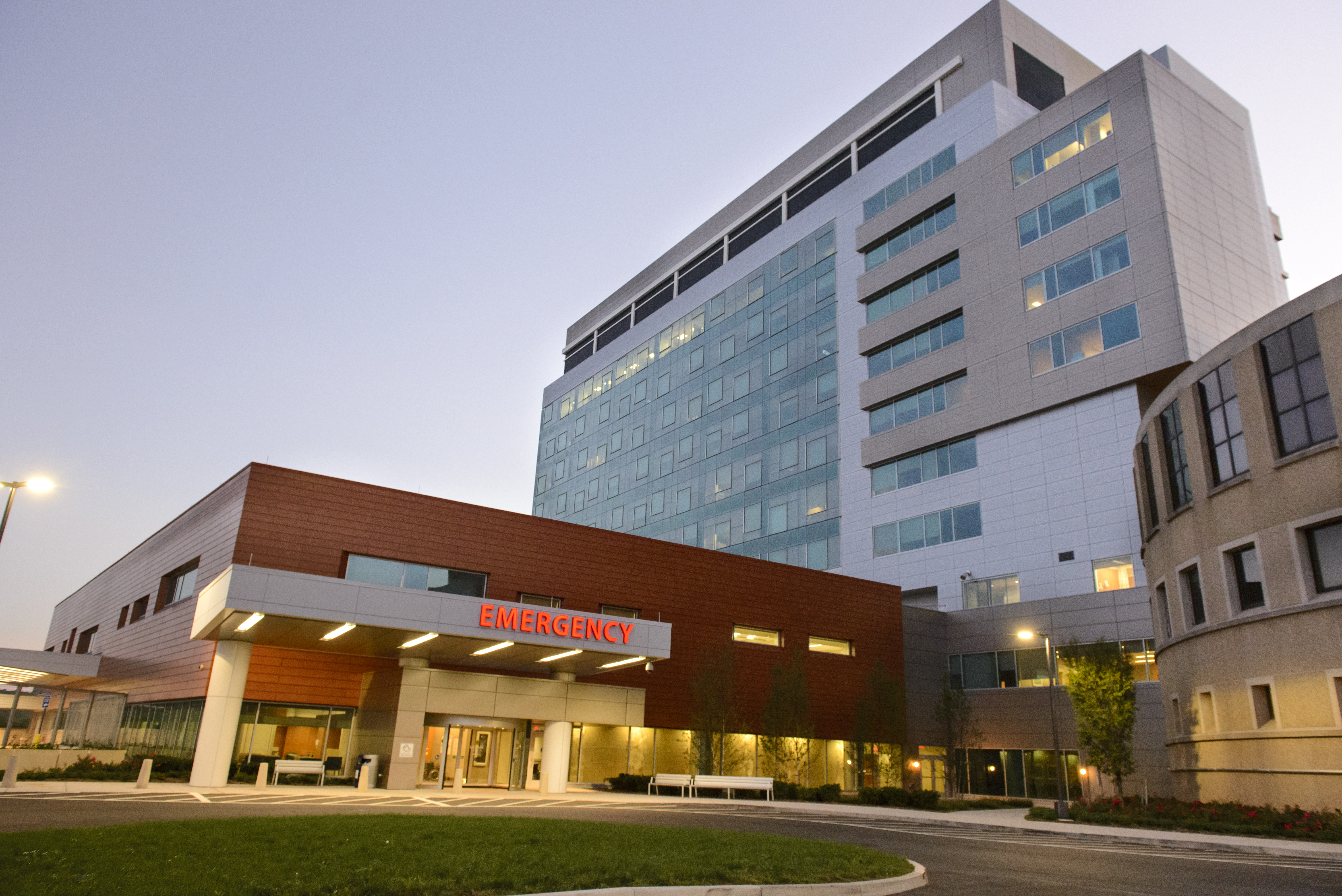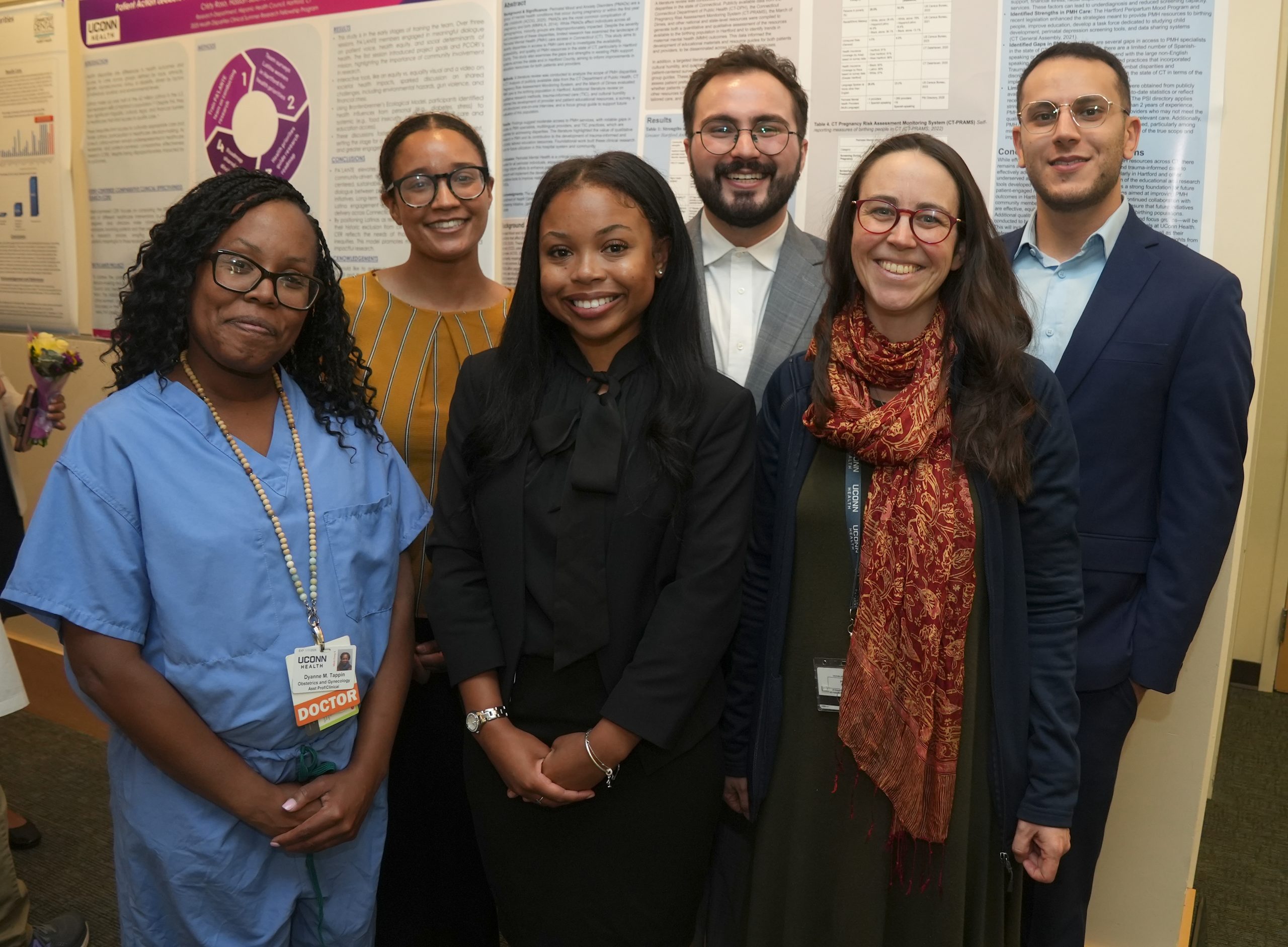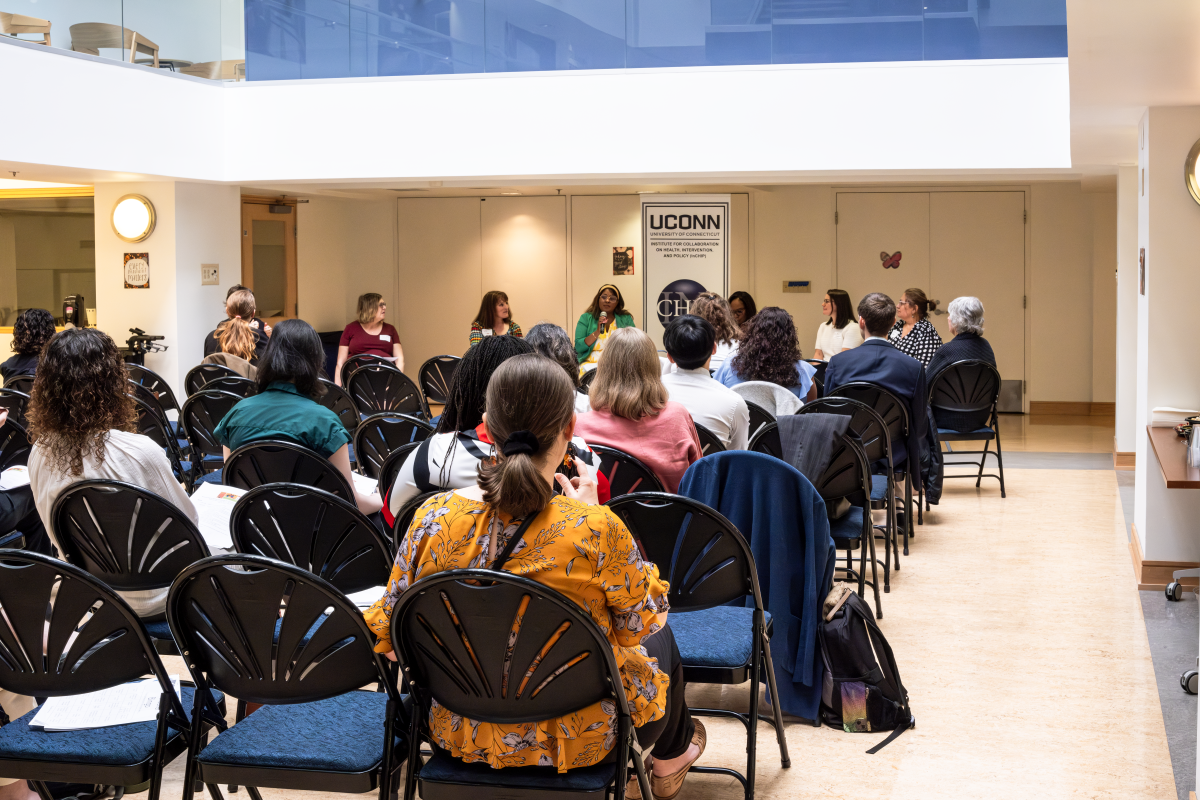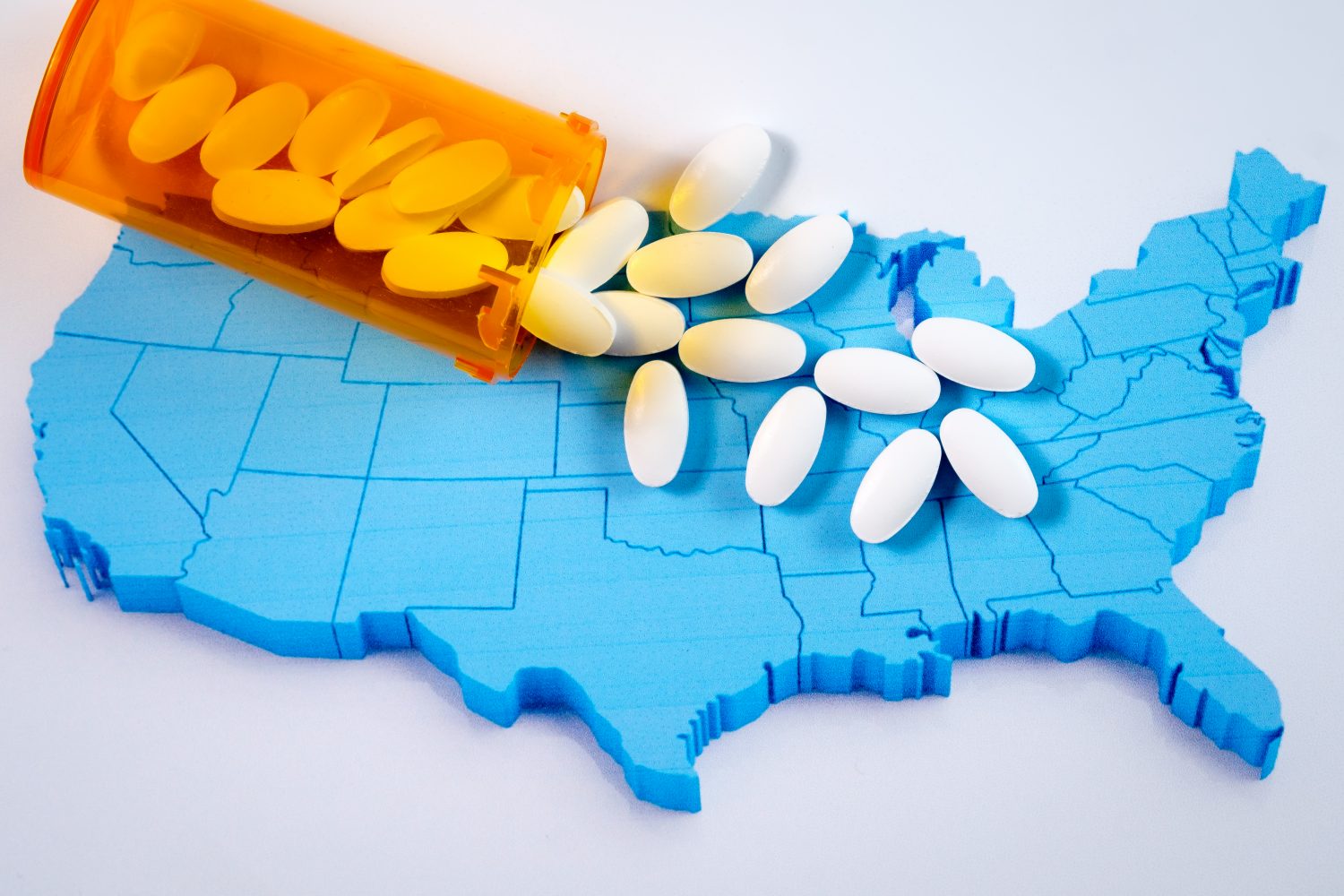In addition to taking on COVID-19 and all the precautions that go with delivering health care during a pandemic, some of UConn Health’s front-line providers also took on a class of future paramedics this summer.
Halfway through its one-year program, the New Britain EMS Academy paramedic trainees switch from classroom work to a local emergency department to shadow doctors and nurses.
“The beginning of March is when this particular class started that clinical rotation, and then about a week and a half into it, all the clinical partners paused, so it essentially put the class at a full stop,” says Matthew Hess, the academy’s clinical and field internship coordinator and one of its instructors. “So when we reached out to [UConn Health Nursing Director of Professional Practice and Clinical Excellence Sue Ellen Poyton], she said, ‘No problem. You can come in.’ It essentially allowed us to start back our program.”
Why was the UConn John Dempsey Hospital ED available to for these future paramedics in the late spring when other places weren’t?
“We were just at a place where we were comfortable with students,” says Shannon Curtis, clinical nurse specialist for the ED. “All the staff here were very excited to have the medic students with them. They were able to do the education and have the students be a set of extra hands. The students were great. If we needed something, they’d run to take care of it.”
Although the term is sometimes mistakenly used to refer to emergency medical services workers in general, paramedics are advanced providers who receive specialized training in areas like anatomy, cardiology, medication, and medical procedures.
Starting in June, the trainees would come in, one at a time, for either a 7 a.m. to 3 p.m. shift or a 3 to 11 p.m. shift.
“They were paired up with nurses, and learned to do things like IVs and assessments,” Curtis says. “They really got hands-on learning. More importantly, they got to see patients in their crisis time, upon arrival.”
Each student also got one shift with a physician.
“If a high-acuity patient would come into the ER, they would go out of their way to make sure the student got exposed to that particular patient’s case, so they can build that knowledge base,” says Victor Morrone, a former UConn Health firefighter paramedic who’s now the academy’s lead paramedic instructor. “There is a need for paramedics in Connecticut and New Britain EMS Academy is very appreciative of UConn Health.”
UConn Health stipulated the COVID-19 protocols the trainees would need to follow. The academy supplied the students’ personal protective equipment and did routine COVID-19 testing and regular health screenings.
“Everyone was really in agreement that we’d like to help them and this is important,” Poyton says. “It was a real collaborative effort. As an academic institution we value education and want to support that, all the while keeping the students safe, as well as of course our patients and our staff.”
Originally scheduled to graduate in late August, this group is now on pace to finish in late October.
“But we would have been up to 12 to 15 weeks behind had we not had the partnership with UConn.” Hess says. “From some of the feedback from my students, they have a culture there that knows what a paramedic is, knows what the importance of a paramedic is, and they are willing to put in the extra effort to make sure that if that paramedic student shows up at their house, that they’re OK with the care they’re going to provide to their family.
“That speaks for itself.”



